Affiliate links on Android Authority may earn us a commission. Learn more.
The most exciting new Android phone is… an Android One?
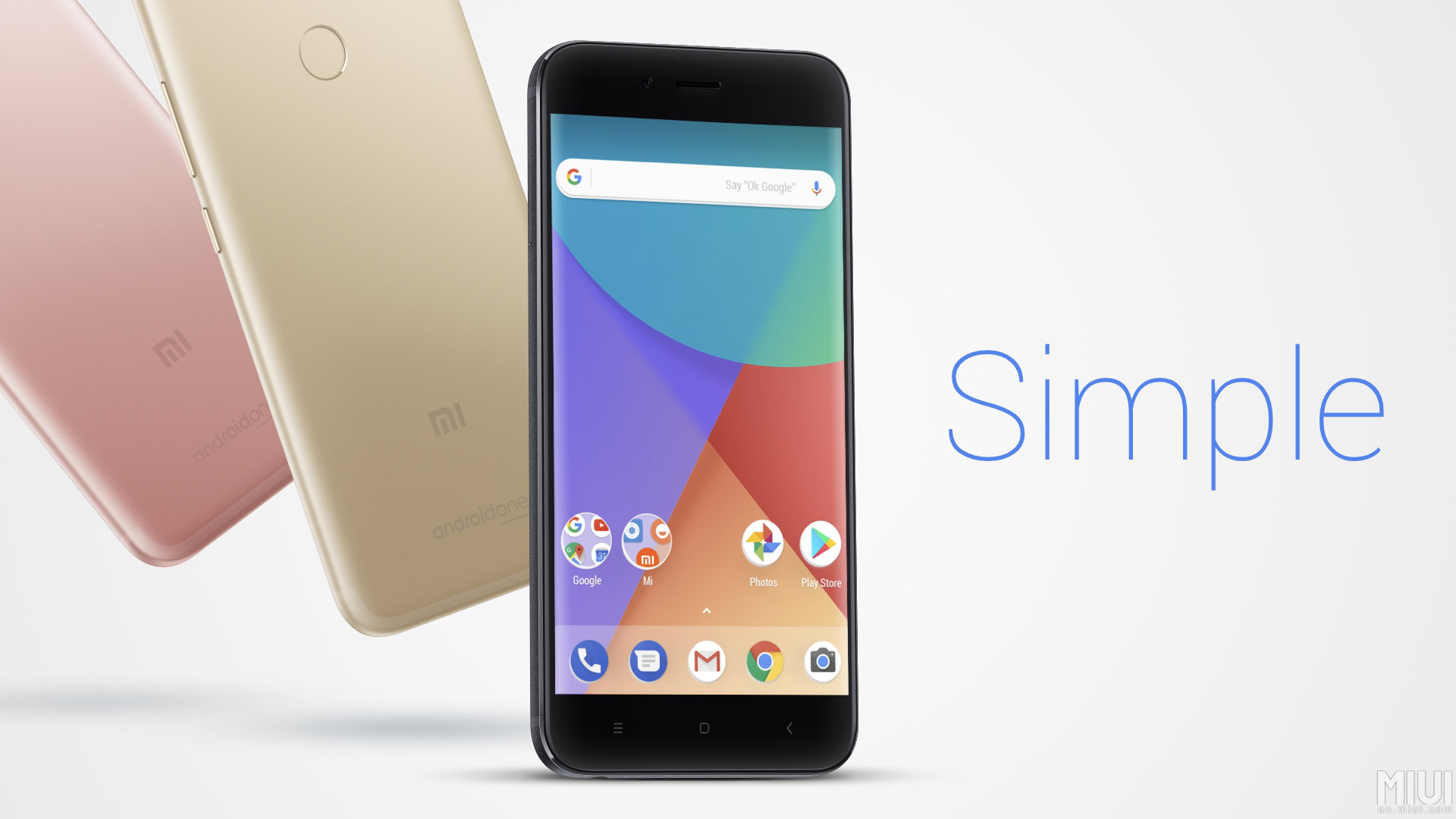
I have a confession to make. I think flagships are cool, but I don’t think most flagships are truly interesting. You know what’s interesting? Great phones that most people can afford. The new Mi A1, the first Android One phone from Xiaomi, is exactly that.
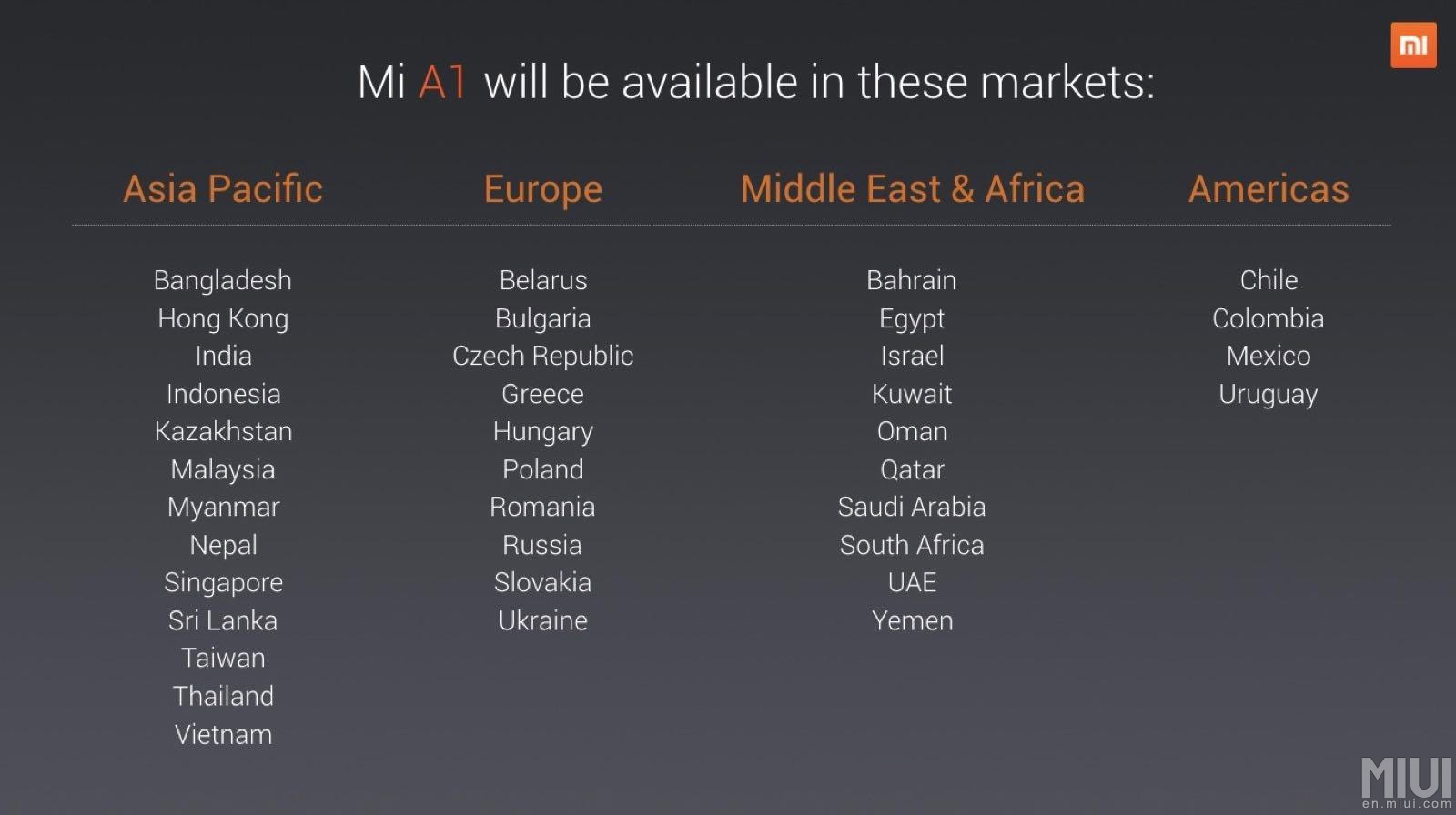
The Mi A1 will be available in around 40 markets from around the developing world, including many markets that Xiaomi has not officially entered so far. Some of the biggest are India, Indonesia, Bangladesh, Vietnam, Russia, Ukraine, Egypt, Saudi Arabia, Mexico and Colombia.
In India, the only market where the Mi A1’s availability has been detailed so far, the phone will sell for Rs. 15,000, which is about $235. Price tags in other countries could go up and down a bit, depending on tariffs, taxes, and exchange rates.
Porsche vs Toyota Corolla
At $235, the Mi A1 offers exceptional value for money. I am not the super frugal type – we all like nice things, no? – but it’s hard to ignore the fact that you could buy four Mi A1’s for the price of a single Galaxy Note 8.
If you’re a fan of Google’s vision of Android, the deal is even better. The stock-running Mi A1 will probably beat the Note when it comes to receiving Android updates.
You could buy four Mi A1’s for the price of a single Galaxy Note 8.
Don’t get me wrong, there’s a reason people choose to buy one Porsche instead of four Toyota Corollas. I see the appeal of high-end, expensive phones like the Note 8 or the V30, which were a joy to use in my time at IFA. In the end though, it’s the lowly Corolla that more people will remember fondly. And it’s phones like the Mi A1 that will bring more joy, create more connections, and unlock more productivity for tens of millions of users in the often-neglected “budget” segment.
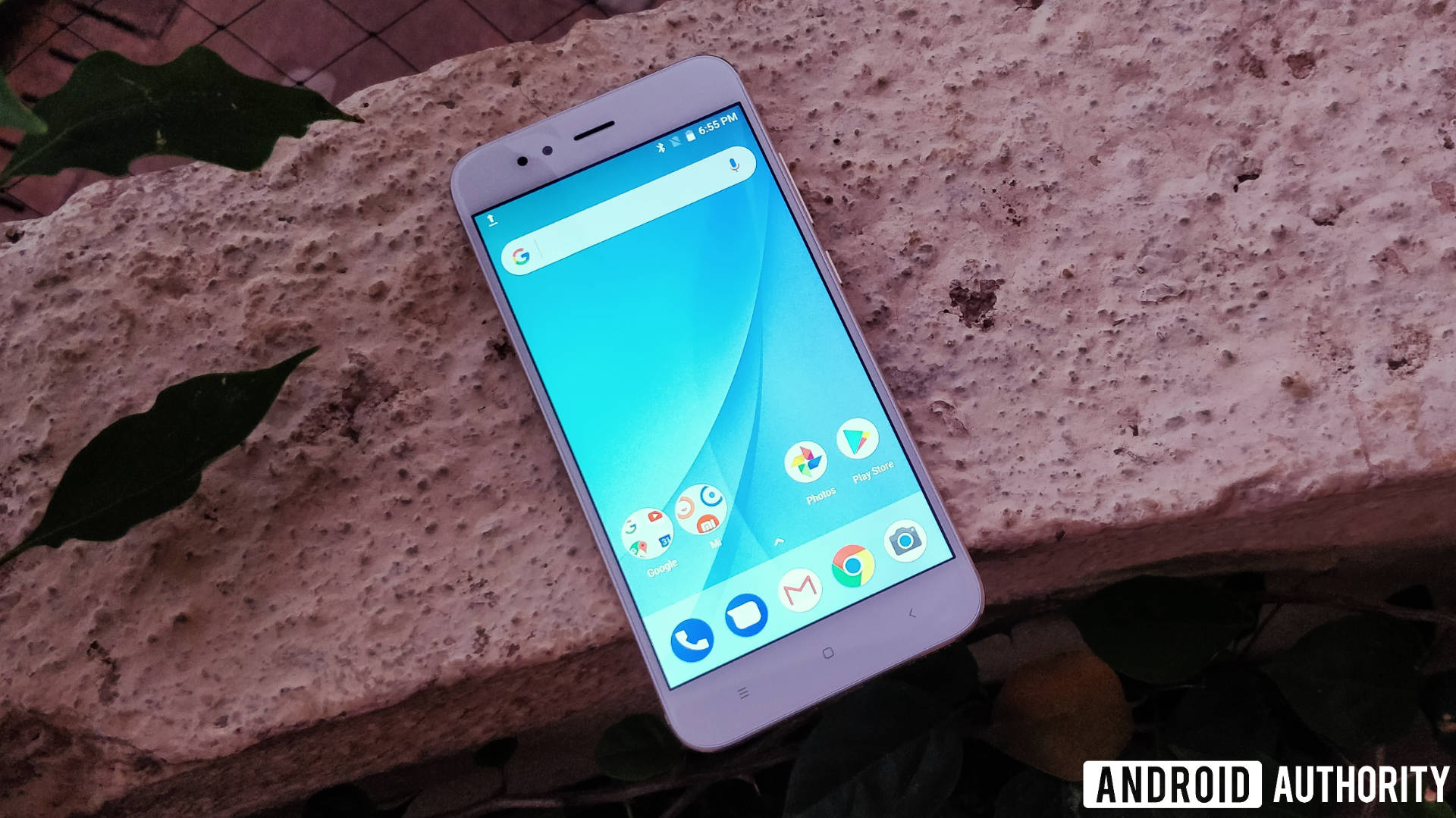
Shot in the arm
Another reason why I find the Mi A1 exciting is because it gives Android One a shot in the arm.
After launching with high expectations in 2014, Android One fizzled out, as it struggled to connect with target customers. Google’s Caesar Sengupta blamed the initial failure on a lack of availability across channels and retailers, which will sound familiar to anyone who’s ever tried to buy a Nexus or a Pixel on launch day.
Not even Google really knew what Android One was supposed to be
It’s fair to say that not even Google really knew what Android One was supposed to be. After a slight change of course – and an increase in average selling price – Android One expanded to more markets, including some developed ones, but it’s clear that the program is far from its stated goal of bringing “a quality mobile experience to the next billion users.”
Thanks to the Mi A1, Android One will get Xiaomi’s brand, which is strong in many of the developing markets where most new users come from, and a boost in availability, thanks to the launch in 40 markets. It might not be enough to turn Android One around. But if it sells well, the Mi A1 could become a model for other OEMs, and it could also show more customers the benefits of having a bloat-free device with proper updates.
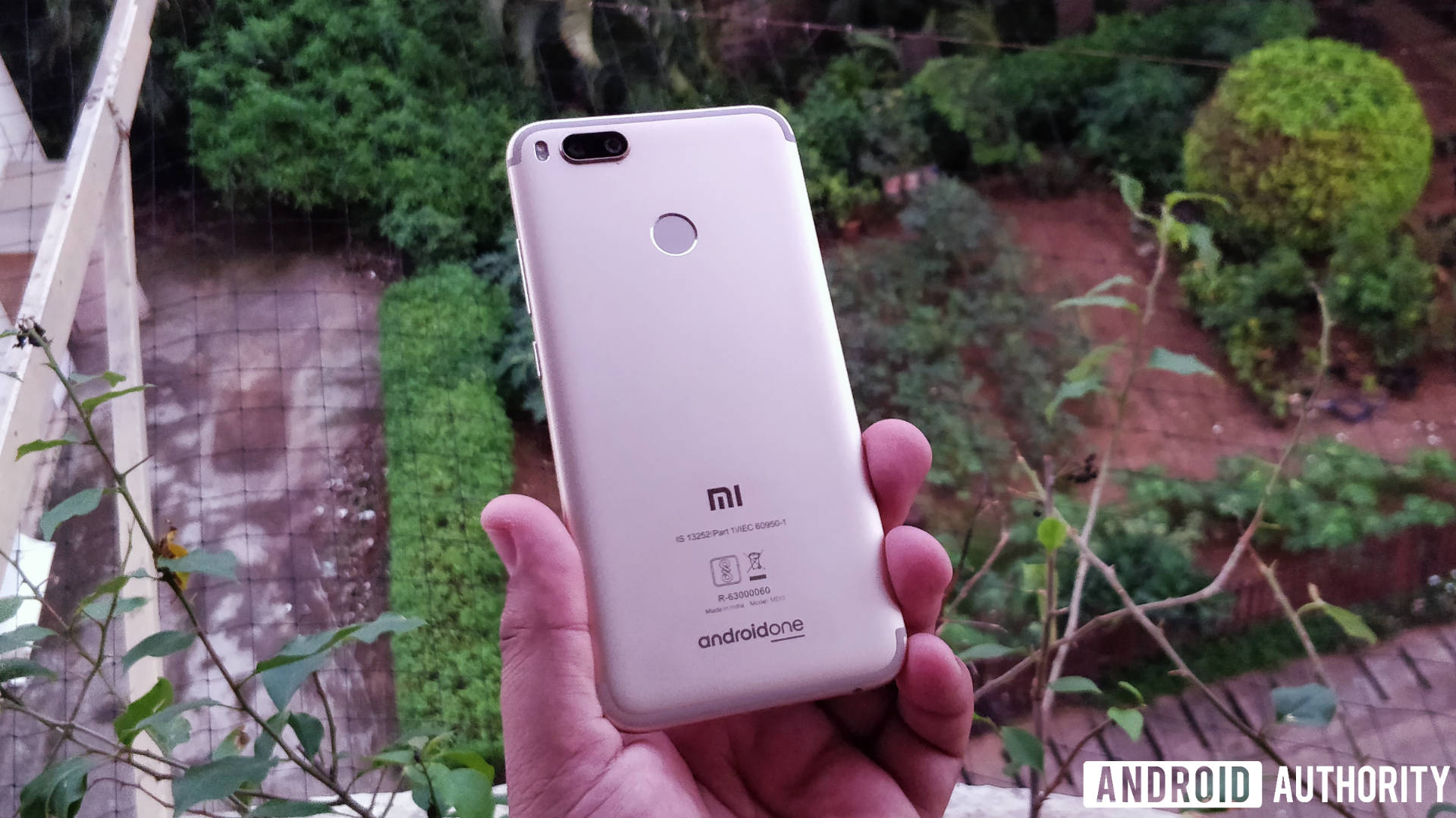
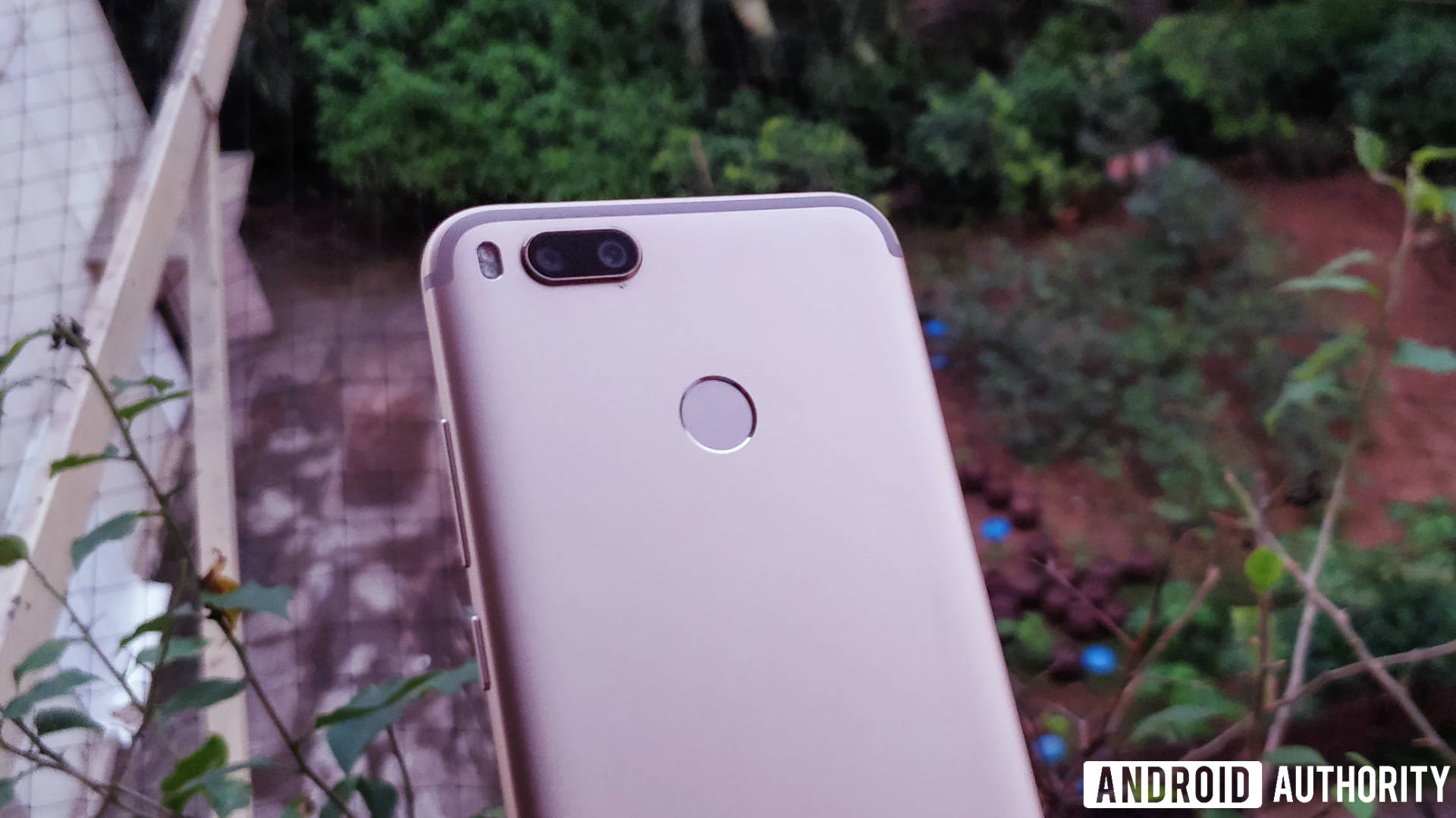
Memories of Nexus
It’s tempting to compare the Mi A1 with some of the affordable entries in the Nexus series. Some could even call it a budget Pixel. Even the way Google sells the Mi A1 – “Android at its best” and “purest form of Android” – seems a throwback to the Nexus era.
I wouldn’t go as far as to call the Mi A1 the “new Nexus.” That’s because Xiaomi has more control over the hardware and software of the device compared to LG and the Nexus 5 for instance. The Mi A1 features certain features that Google would probably never accept in a device it fully controls, including a microSD slot, an infrared blaster, and capacitive keys instead of a software nav bar.
Mi A1 could be a sort of spiritual successor to the Nexus 5
Also, Xiaomi ultimately controls software updates on the Mi A1. Google promised “timely updates” for the device, but it’s Xiaomi that gets the final say on when OTAs go out. Case in point, the Mi A1 will get Oreo by the end of the year, which is not exactly fast (but still miles better than what budget phones typically get).
Despite these differences, Mi A1 could be a sort of spiritual successor to the Nexus 5, a device that remains incredibly popular and fondly remembered to these days. It’s got (almost) pure Android, faster updates, a solid spec sheet, and the affordable price that ties everything together. One more ingredient is needed: a strong and vibrant developer community. If only the Mi A1 was available worldwide…
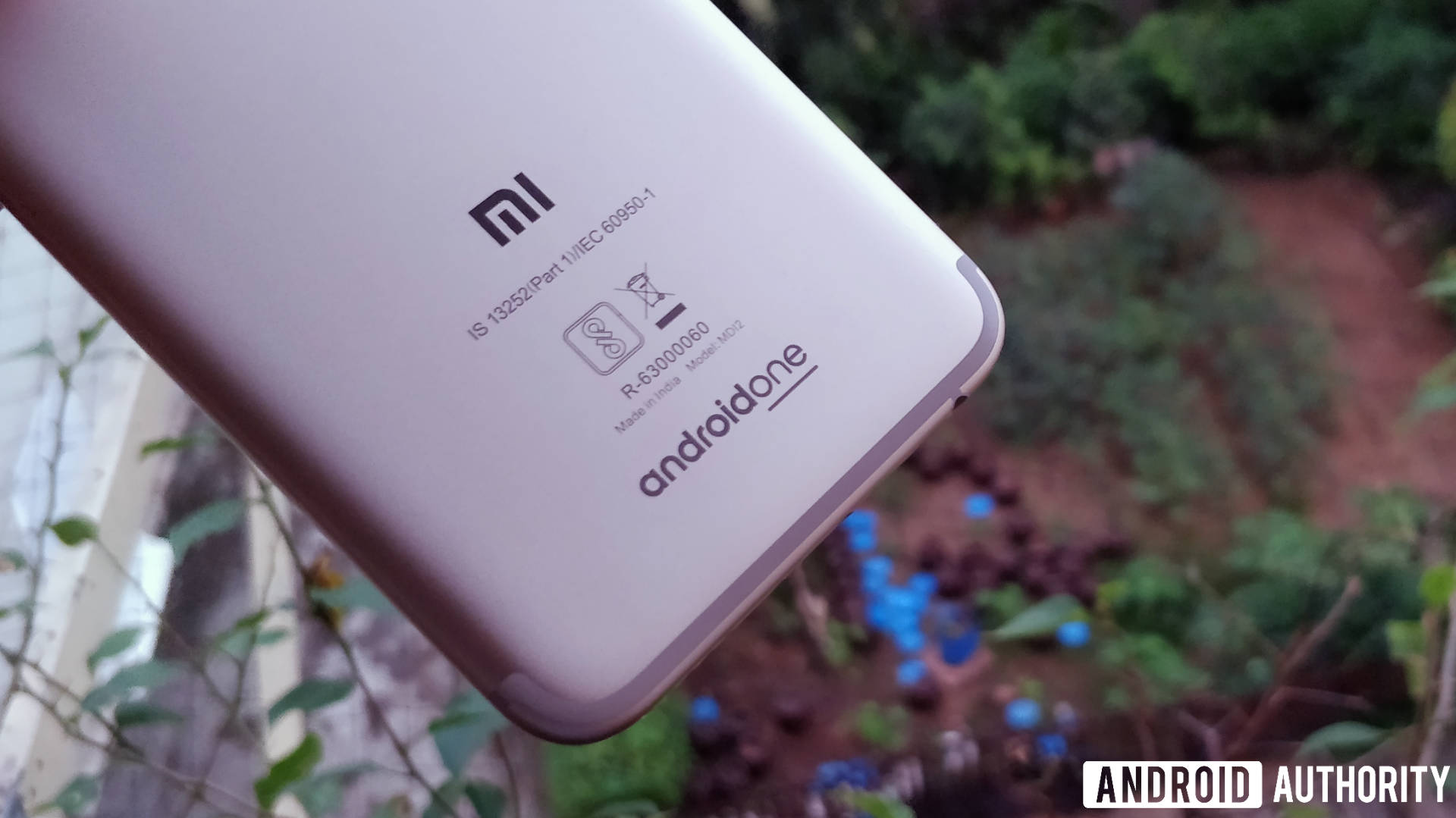
Final thoughts
I like the new Note, and I am very excited about the V30, which I consider LG’s best effort in years. The Pixel 2 and the Mate 10 could be amazing. But the Xiaomi Mi A1, available at a fraction of their cost, could be more important for the Android ecosystem as a whole.
The Mi A1 offers huge value for money, it’s the kind of high profile device Android One needs in order to thrive, and it could become the new device of choice for Android enthusiasts. It could also force other OEMs (Motorola, HONOR) to pay more attention to updates for their mid-range and budget phones. If nothing else, at a time when flagships test the $1000 threshold, the affordable Xiaomi Mi A1 is a reminder that good phones don’t need to be status symbols.
Let us know your thoughts!